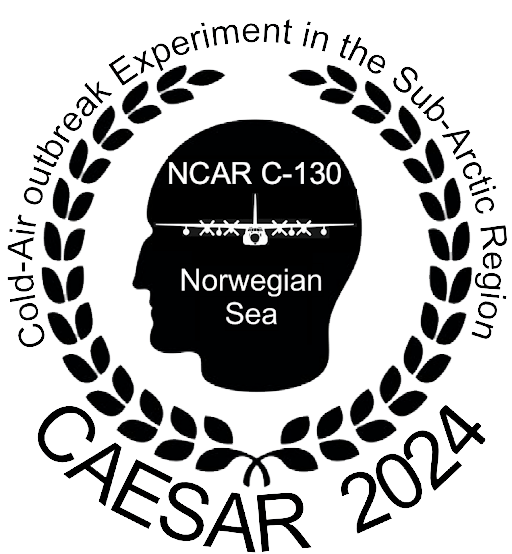CAESAR
Cold Air Outbreak Experiment in the Sub-Arctic Region

Kiruna, Sweden
One of Earth's most intense air mass transformations happens when cold Arctic air flows out over the much warmer open oceans in so-called Cold-Air Outbreaks (CAOs). The surface heat fluxes are among the highest observed on Earth, supporting highly convective clouds capable of producing heavy snowfall and occasionally spawning intense "polar lows." Surprisingly little is known about their Lagrangian evolution, the relationship between up- and downstream conditions, and between the surface fluxes, boundary-layer structure, cloud and precipitation properties, and mesoscale circulations. These clouds provide a powerful modeling test bed for improving the representation of mixed-phase cloud processes in large eddy simulations, numerical weather prediction, and global climate models.
The Cold Air Outbreak Experiment in the Sub-Arctic Region (CAESAR) will examine the structure of marine boundary layer clouds during CAOs. CAESAR will deploy the NSF/NCAR C-130 aircraft, with in situ and remote sensors sampling Arctic air masses from the CAO origin at the ice edge throughout their transformation downstream. A rich array of airborne radars and lidars, aerosol, cloud, precipitation, and trace gas probes, deployed during CAO events over the open waters between northern Sweden and the Arctic ice edge for 45 days in early 2024, will provide a detailed characterization that will form the backbone of modeling studies across a range of scales and form a long-lasting legacy dataset.